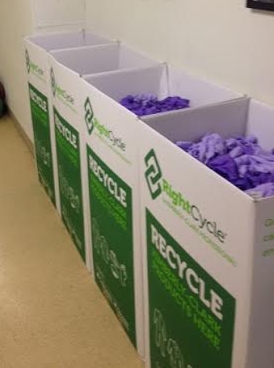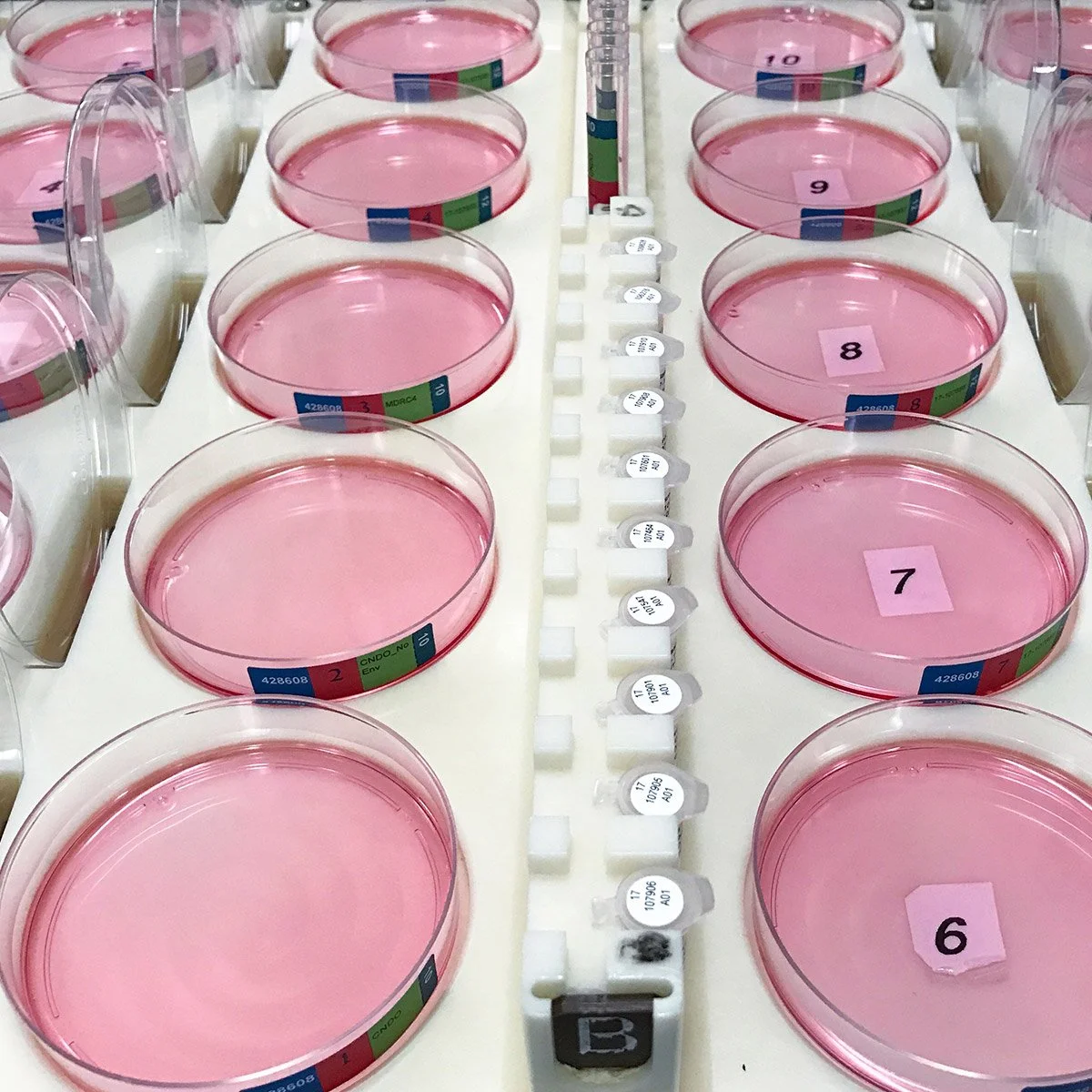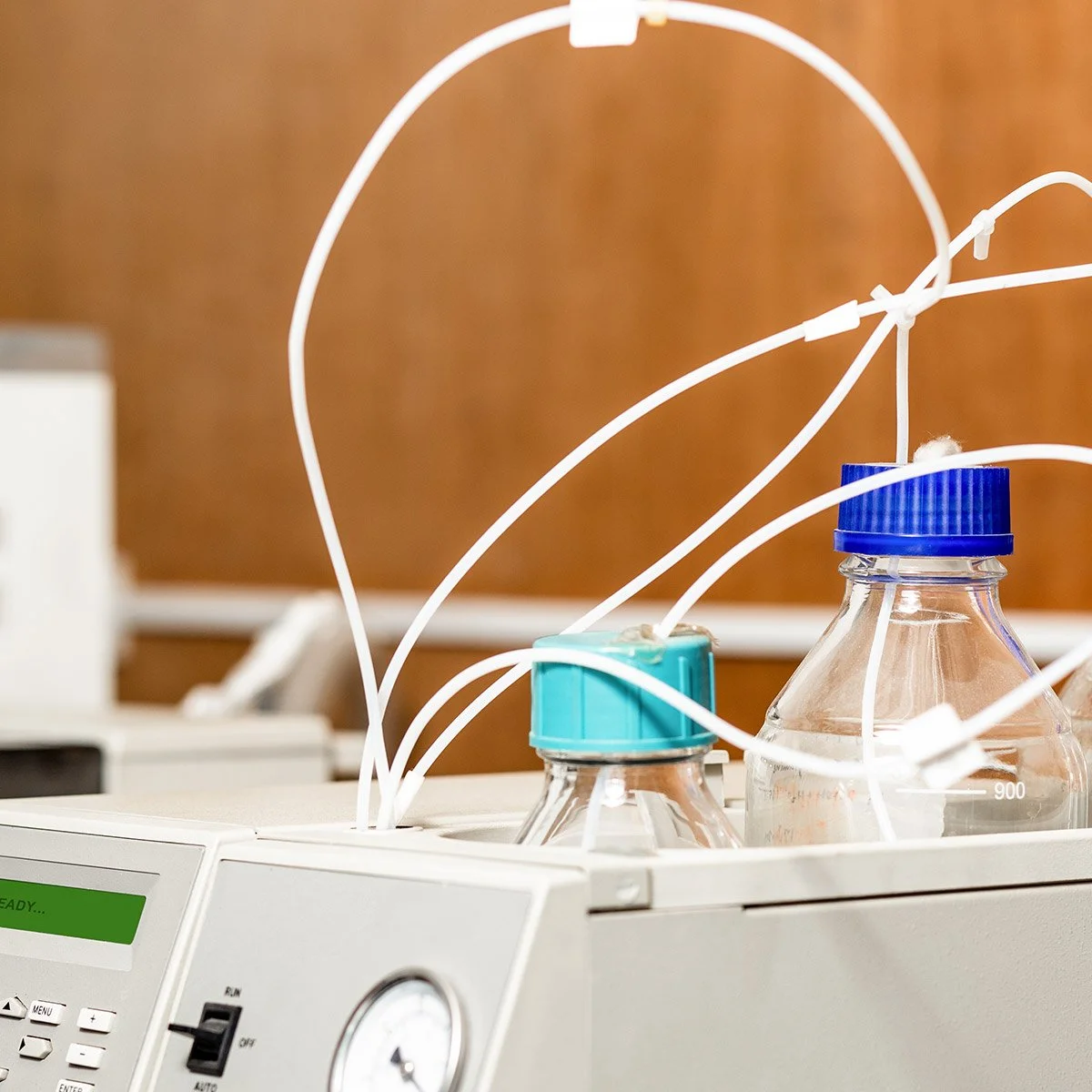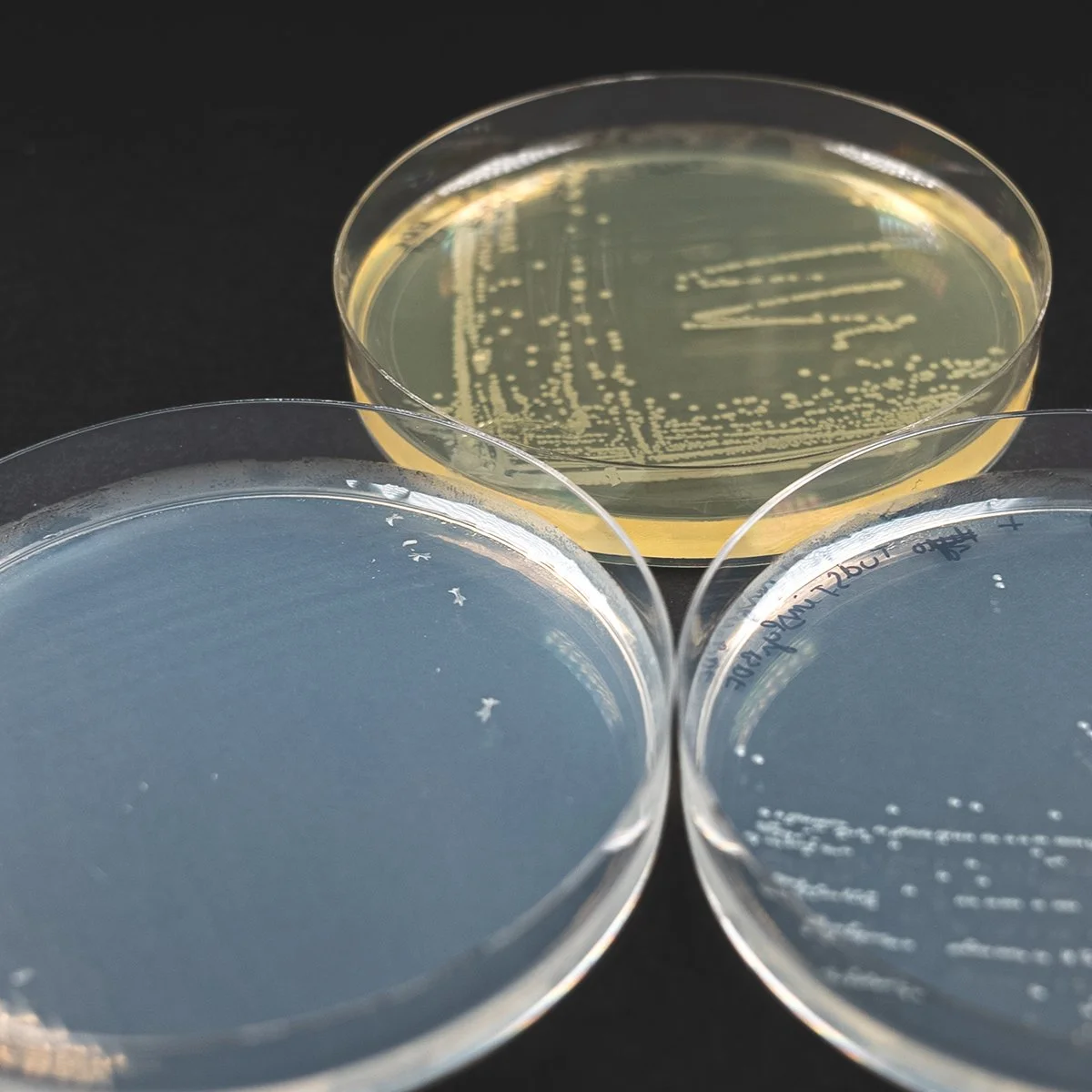Working at the bench, how many pairs of gloves do you think you wear in a day? One pair, two pairs, maybe even ten pairs? Researchers at Cell Signaling Technology (CST) say they can don anywhere between three to upwards of ten pairs of gloves a day! Some of these gloves will end up in the hazardous waste bin, but for the majority - those who are working with non-hazardous materials - the gloves end up in the trash and eventually a landfill or incineration facility. A simple study conducted at CST showed that scientists were “junking” somewhere around 5,000 pounds of gloves a year! Not only was throwing this material in the trash expensive but it was also irresponsible.
At CST there was no particular glove of choice, but the majority of gloves purchased were latex. Procurement cost of these gloves was high due to the high volume of relatively small quantities from various manufacturers. On top these costs, the gloves couldn’t be recycled. CST sought alternatives and quickly landed on Nitrile Gloves. Nitrile, unlike latex, can be recycled. EH&S was quickly on board because of how many employees at the facility were allergic to latex. Problem solved, right? Wrong: when introduced, employees complained that the new nitrile gloves were too thick and therefore lacked the dexterity found in their latex counterparts. Plus, even though theoretically these gloves could be recycled, there was no system in place to do so. Back to the drawing board.
Right around that time I discovered a joint venture between Kimberly-Clark and Terracycle: they were teaming up to repurpose Nitrile gloves in the lab. Perfect! When you purchase Kimberly-Clark’s Nitrile gloves, they offer to help set up a recycling program in your lab. Simply collect the gloves that not going into hazardous waste bins, and when you get enough, ship them back to Kimberly-Clark. Terracycle then washes the gloves, freezes them, pulverizes that material, and uses it to make things like Frisbees, park benches and more! CST tested the Kimberly-Clarks Nitrile gloves with their employees and found that these gloves fit better and fewer employees had allergens. Not only was CST able to achieve their goal of reducing glove waste, they were able to save money on volume discounts by buying large quantities from one manufacturer.
Small wins like this show that being environmentally conscious doesn’t have to break the bank. CST strives for this kind of synergy and has many other programs aimed at achieving just that. To get a program like this started at your lab contact your local Kimberly-Clark representative and ask about the program. Stay tuned for more examples of what it means to be labconscious.
by Seth Levin












